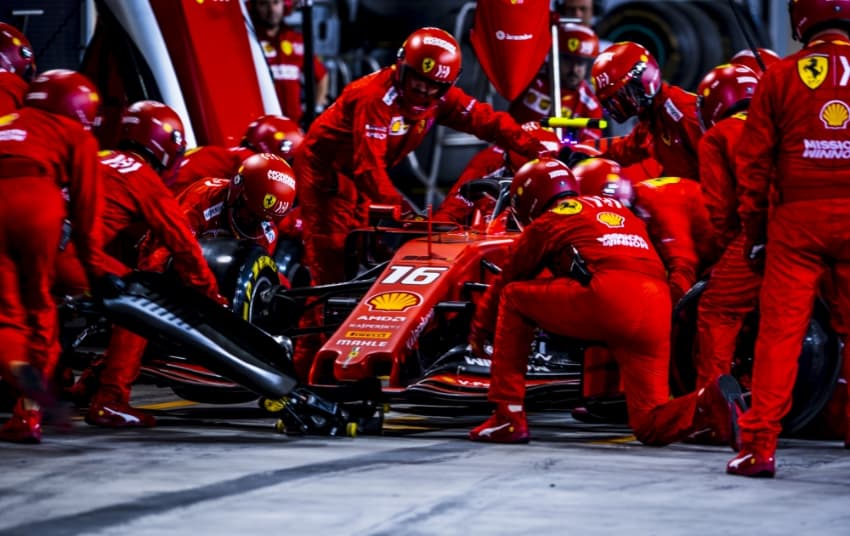A sport dependent on both man and machine, Formula 1 is the high-speed pursuit of technical excellence, an exercise in pushing boundaries a one-hundredth of a second at a time. With a high performance baseline across the grid, anything less than exceptional will see a team languish in the middle of the pack. Excellence is the name of the game – mechanical, technical, and human.
Scuderia Ferrari Mission Winnow driver Sebastian Vettel knows a thing or two about technical excellence in motor-racing.
“Technical excellence is what we are all striving for in Formula 1,” Vettel said. “Competing on a very high level, obviously everybody tries to find the edge over the guy next to you. So as Formula 1 has always been cutting edge technology and such a technical sport, excellence is what you’re striving for in order to make a difference on the track. It can also be making a difference as the driver on the track – finding a better line, outsmarting the other drivers. It matters a lot to working in our environment.”
“The difference here at Ferrari compared to other places striving for technical excellence, I think is a big motivator – it’s passion. That’s probably something that does exist for the sport and does exist in other places, but I think the passion – being passionate about Ferrari and working for Ferrari – has the chance to make you step up your game and puts you on a different level.”
Team Principal Mattia Binotto, who has been with the F1 team since 1995, is unafraid of the cycle of continuous improvement necessary for success.
“Technical excellence in Ferrari means to always raise somehow the bar,” Binotto said. “With no limits to ourselves, we believe that we can achieve higher limits than those we may think are the right ones. Technical excellence is to innovate continuously. Each day being creative, simply looking ahead and doing something special.”
Integral to raising that bar is the feedback given by the drivers to their race engineers and crew.
Driver Charles Leclerc is well aware of the need for good feedback in the ongoing pursuit of excellence.





